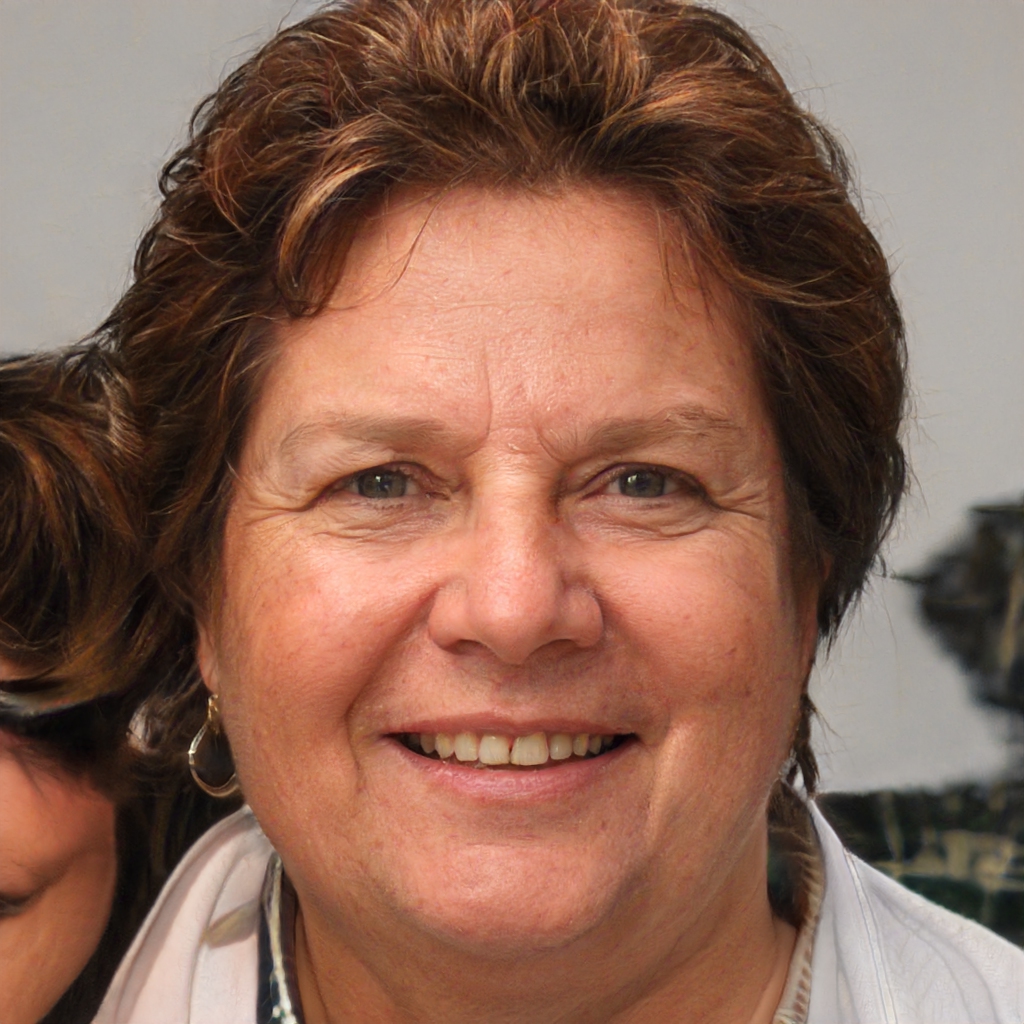Interbank deposits are deposits that banks make with each other. The deposits are made so that banks can have funds available to meet their daily obligations. The interest rate on these deposits is usually very low, and the deposits are made at the end of the day so that banks can have funds available the next day.
What are deposits classified?
In banking, deposits are classified according to their stability, or how easily they can be converted into cash. The three main categories of deposits are checking, savings, and money market accounts.
Checking accounts are the most liquid, meaning they can be easily converted into cash. Savings accounts are less liquid, but still relatively easy to access. Money market accounts are the least liquid, but offer higher interest rates than checking or savings accounts. What is the difference between interbank and intrabank? The terms "interbank" and "intrabank" refer to different types of financial transactions. Interbank transactions are those that occur between two different banks, while intrabank transactions are those that occur within a single bank.
Interbank transactions can take place in a number of different ways. For example, when one bank loans money to another bank, this is an interbank transaction. Interbank transactions also occur when banks buy and sell currencies from each other, or when banks transfer funds to each other.
Intrabank transactions, on the other hand, refer to all transactions that occur within a single bank. This can include everything from customer deposits and withdrawals to loans and investments made by the bank. What are the two types of deposits? There are two types of deposits: demand deposits and time deposits.
Demand deposits are deposits that can be withdrawn on demand, without notice or penalty. They include checking accounts, NOW accounts, and ACH deposits.
Time deposits are deposits that cannot be withdrawn for a set period of time, usually ranging from 30 days to 5 years. They include certificates of deposit (CDs) and savings accounts. What are 3 ways to make a deposit? There are three ways to make a deposit:
1. In person at a bank branch
2. At an ATM
3. Online What are the three types of deposits? There are three types of deposits: checking, savings, and money market.
1. Checking deposits are the most common type of deposit. They are typically used to cover day-to-day expenses such as rent, utilities, and groceries.
2. Savings deposits are typically used to save for long-term goals such as retirement or a down payment on a house.
3. Money market deposits are a type of savings deposit that typically offer higher interest rates than regular savings accounts. They are typically used by people who want to earn a higher return on their money without taking on too much risk.
